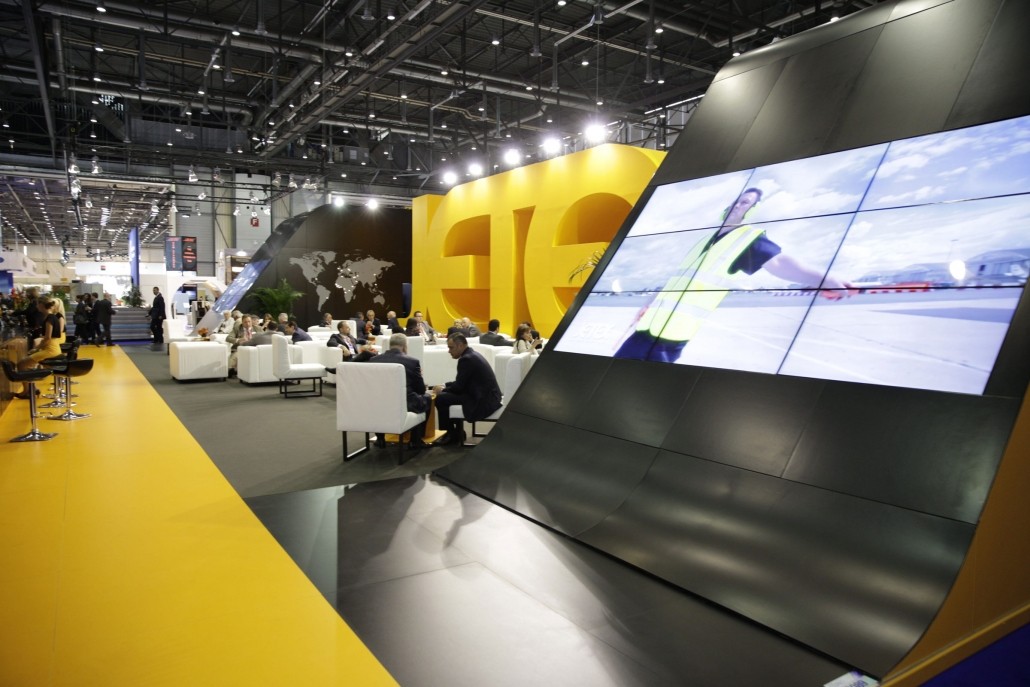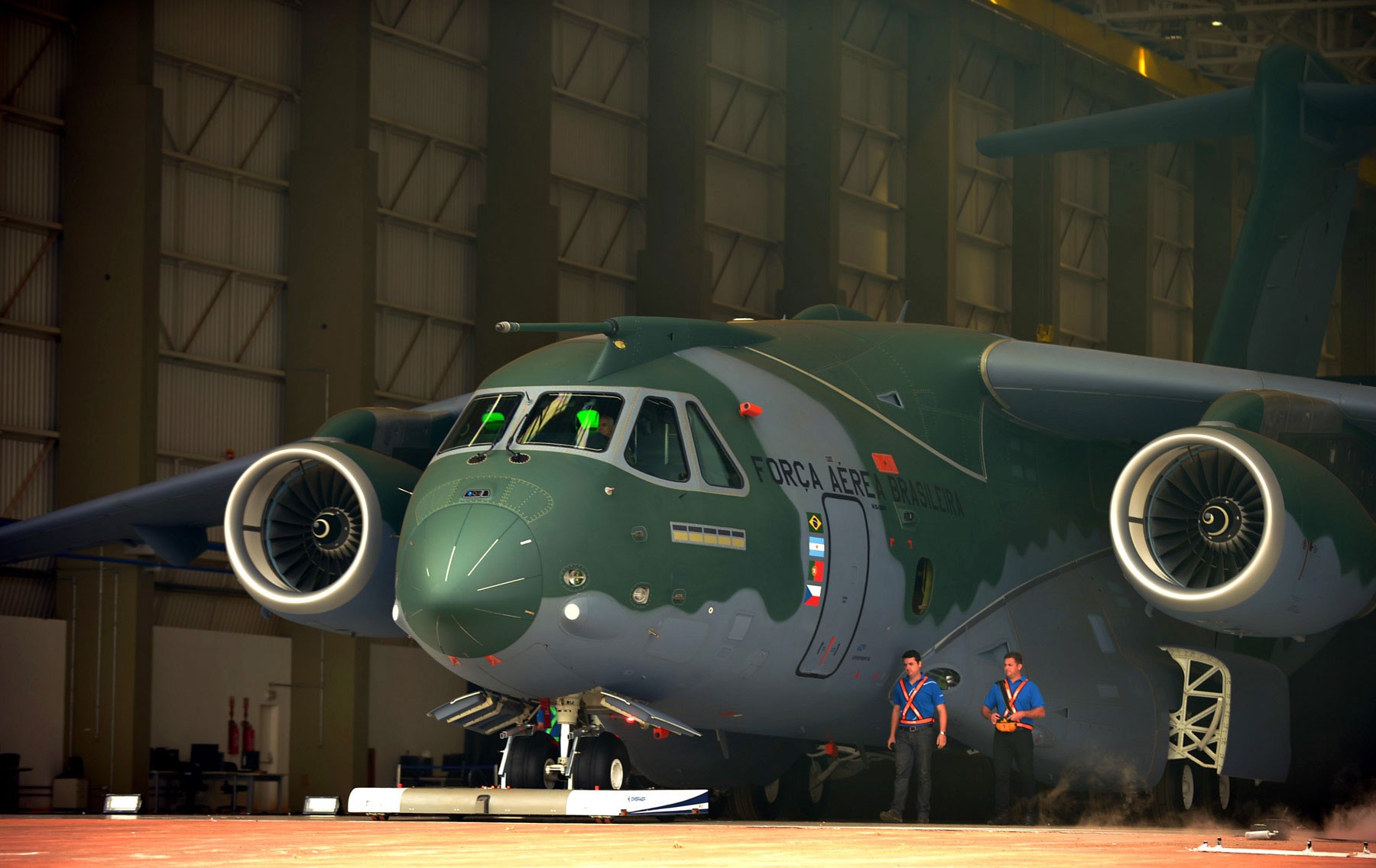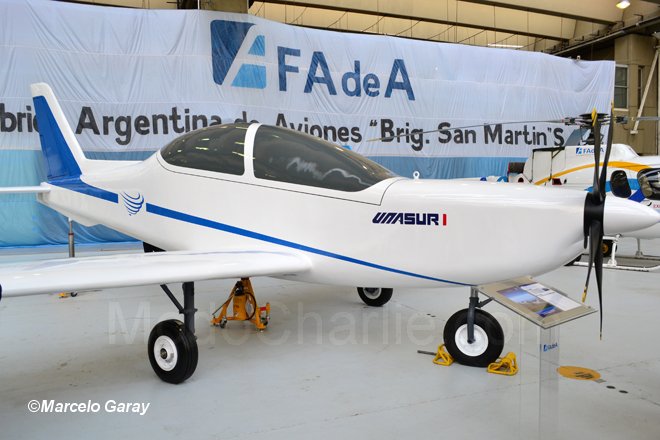Asian Business Aviation Conference & Exhibition (ABACE) 2016:

The 2016 Asian Business Aviation Conference & Exhibition (ABACE) is taking place from the 12thto the 14th of April at the Shanghai Hawker Pacific Business Aviation Centre (SHPASC) in China. The ABACE is co-hosted by the National Business Aviation Association (NBAA) and the Asian Business Aviation Association (AsBAA), and is in partnership with the Shanghai Airport Authority (SAA). This prestigious event is the region’s leading trade show in the business aviation industry, bringing together industry professionals, government officials, high-profile business leaders, key decision makers, and entrepreneurs.
The three-day event will provide international and local exhibitors a platform to enter the Asian aviation market in order increase their network, and to buy and sell their aircraft and services. Exhibitors can expect attendance from over 100 media representatives mainly from global publications, news outlets and the trade press to cover the event. There will also be an expansion to the educational sessions aimed to update stakeholders about the latest products and services, safety and international operating regulations associated with the General Aviation (GA), as well as the industry’s current trends and issues.
History of ABACE:
The very first ABACE was organized by the NBAA and took place on August 2005 at the Shanghai New International Exhibition Center (SNIEC). China’s business aviation market was still in its starting phase, but the Shanghai GA operation had been growing over 15 percent annually. The world’s largest business jet manufacturers saw great potential for future GA markets in all of Asia, but more particularly in China. The ABACE 2005 exhibition consisted of more than 30 demonstration flights to attract potential buyers and showcased 11 new business jets. The most expensive airplane at the exhibition was the “Global Express XRS” built by Bombardier Inc. valued at US$45 million at the time.
The next ABACEs took place in 2007, then 2008, both years the event was held in Hong Kong, China. In 2009, the NBAA canceled ABACE temporarily due to the recession. In 2010, the NBAA announced the return of ABACE to take place annually starting from 2012 at Shanghai Hongqiao International Airport, China,
On March 2012, ABACE was reintroduced and hosted at the joint venture operator’s Fixed Base Operations (FBO) and Maintenance, Repair and Overhaul (MRO) facility, SHPASC in order to support China’s expanding business aviation community. The static exhibition showcased 27 aircraft and 150 exhibitors for over 6000 attendees. Some of the leading international manufacturers of private jets such as Airbus Corporate Jet, Boeing Business Jets, Bombardier Aerospace, Gulfstream Aerospace Corporation and many others took part in the exhibition. Agreements were then signed between the NBAA, the Shanghai Hongqiao International Airport, and SHPASC to continue the exhibition on an annual basis for the next five years. The success of the event has led to more exhibitions and increase in the number of visitors, exhibitors and aircraft and products.
The 2015 ABACE had surpassed all previous exhibition records so far in every aspect. The expo has showcased 38 static aircrafts and contained 16 aircraft-chalets in which exhibitors can meet with clients in a more spacious and comfortable environment. There were 183 exhibitors who attended from 19 countries, from that, 81 participants were from Asia. All the major Business Jet manufacturers attended the event. The number of visitors resulted in over 8,500 people from 51 countries around the world.
Jetex invites you to our H120 booth at 2016 ABACE:
Jetex Flight Support is an internationally acclaimed trip support company. We are represented in more than 200 locations worldwide. Our service portfolio includes arranging in-house flights, permits, ground handling, fuel, and luxury FBOs, as well as world-class concierge services. We cater to business jets for corporate, commercial and personal air travel purposes. Jetex is a premium brand. We offer our clients only the best quality services with the most competitive prices.
Jetex has been a consistent ABACE exhibitor, and are also ready for this year’s expo. ABACE offers Jetex an opportunity to meet face-to-face and have personal interactions with our existing clients, as well as meeting and building relations with new potential clients. Jetex would like to invite everyone to visit us this year at ABACE at booth #H120. Drop by and find out how you can enjoy luxury and convenience when you travel with Jetex.














